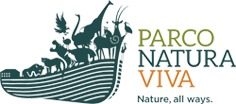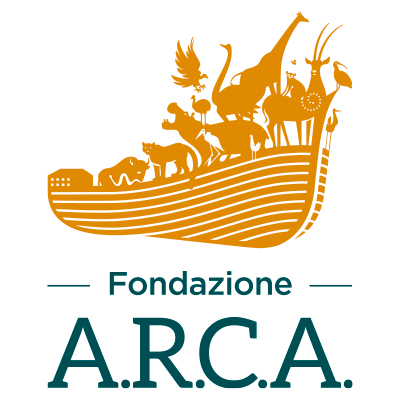Seychelles tortoises (Geochelone gigantea), before Mauritius colonisation in 1600, were present in all islands of the Indian Oceans. Then many visitors and colonists began to collect and kill the tortoises. It’s believed that all Seychelles tortoises became extinct around 120 years ago, apart from the individuals on the Aldabra island. Thus, today Geochelone gigantea is commonly called Aldabra giant tortoise and they are classified as “Vulnerable” in the IUCN Red List.
On the other hand, the Seychelles sheath-tailed bat (Coleura seychellensis) is classified as “Critically Endangered” in the IUCN Red List and the last colony counts less than 50 individuals. This species went through a first serious decline in the late 19th and early 20th centuries, when intense deforestation left space for coconut plantations, that do not have shrub layers capable of supporting invertebrates that make up this species’ diet. The plantations and the vegetal invasive species threat the last remaining habitats capable of supporting this species. The Seychelles sheath-tailed bat is also sensitive to the anthropic disturbance of the caves where it lives and suffers the weight of predation by introduced invasive species, such as stray cats and barn owls.
On the other hand, the Seychelles sheath-tailed bat (Coleura seychellensis) is classified as “Critically Endangered” in the IUCN Red List and the last colony counts less than 50 individuals. This species went through a first serious decline in the late 19th and early 20th centuries, when intense deforestation left space for coconut plantations, that do not have shrub layers capable of supporting invertebrates that make up this species’ diet. The plantations and the vegetal invasive species threat the last remaining habitats capable of supporting this species. The Seychelles sheath-tailed bat is also sensitive to the anthropic disturbance of the caves where it lives and suffers the weight of predation by introduced invasive species, such as stray cats and barn owls.
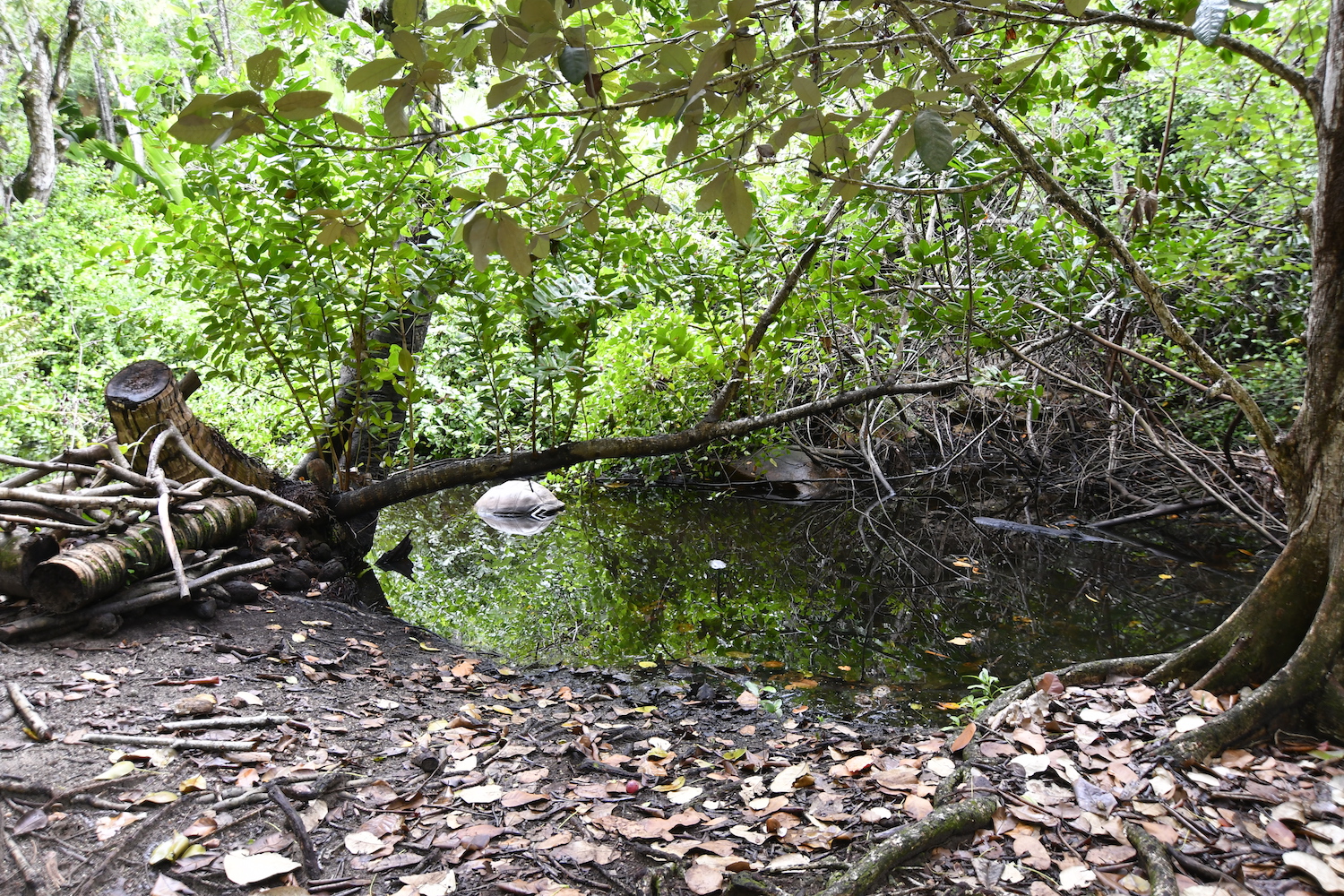 |
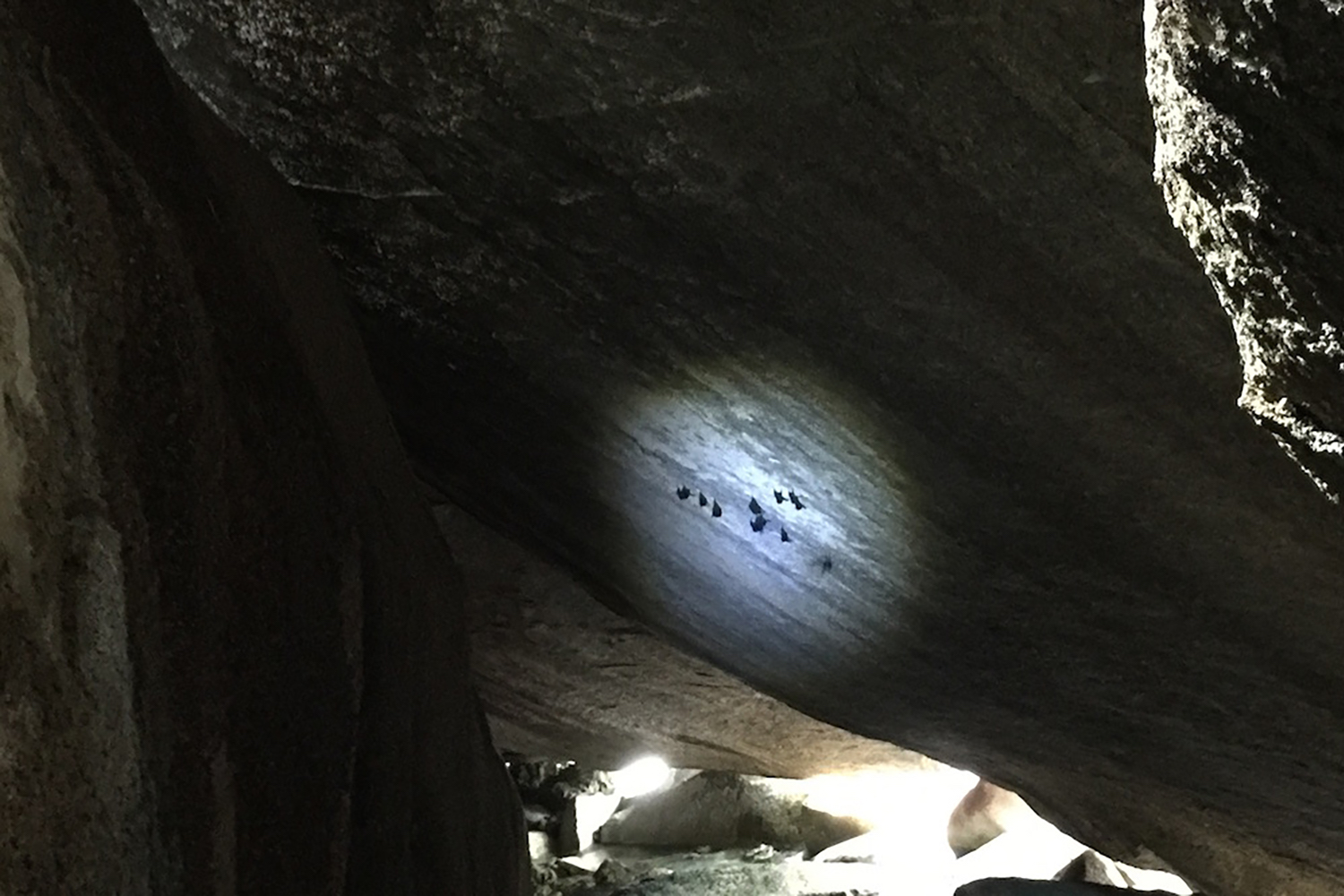 |
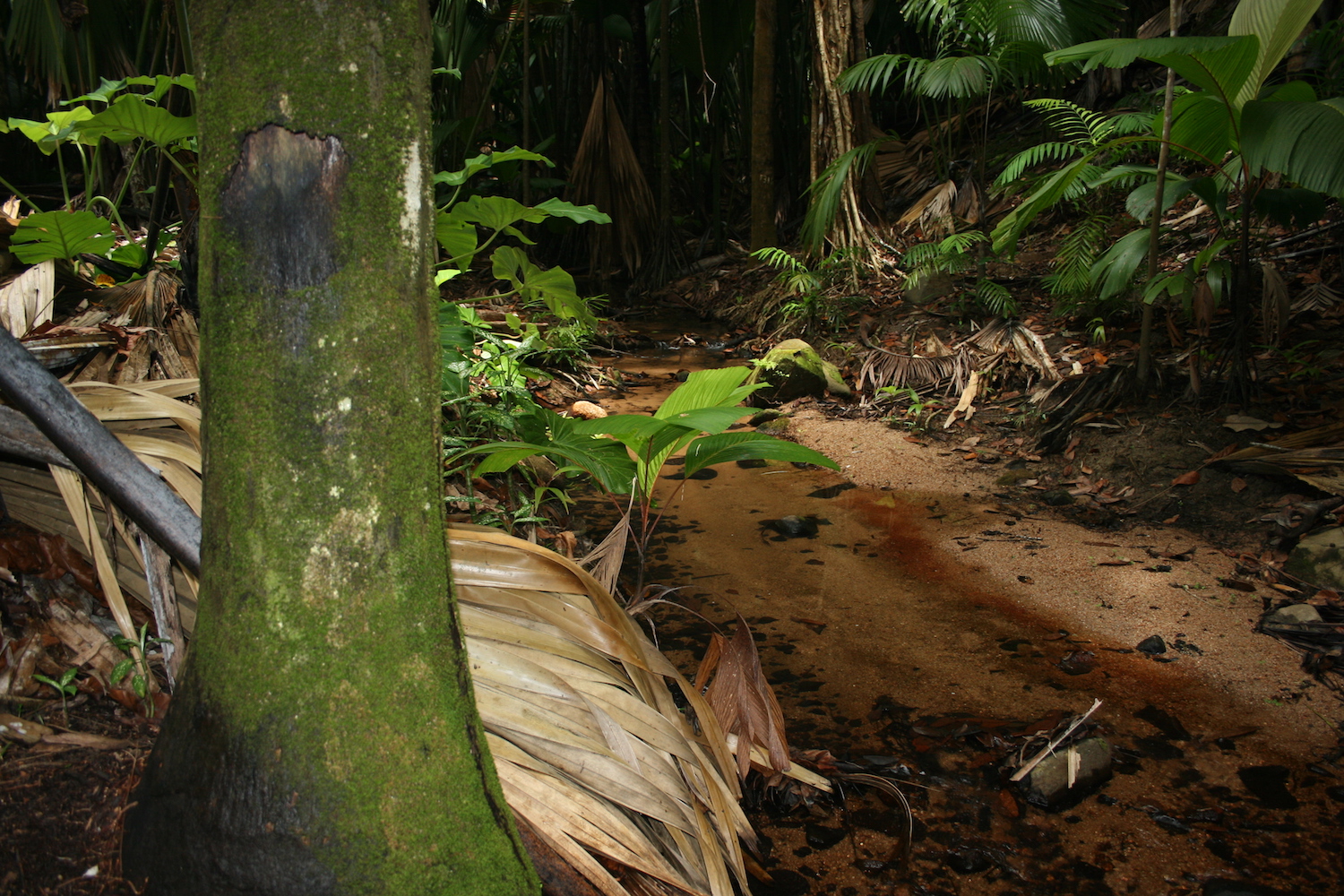 |
 Italiano
Italiano English
English Deutsch
Deutsch
